The trip, officially called the Financial Executives and Analysts Inspection Tour, took place during March 28–31, 1967. I had been in my new job in New York as a fixed income (bond) investment analyst at a major life insurance company for 10 months when my boss, Mr. Hagemann, called me into his office. Our group in the securities investment division of the company followed the transportation industry, among others, and was responsible for the analysis of bonds issued by the Southern and its subsidiaries. Mr. Hagemann was invited to go on the tour but had other obligations for the March dates. I was selected to go in his stead. This brought no argument from me, a railfan whose first business trip would be on one of the nation’s premier railroads.
The tour began with a dinner on March 28 at the Queen City Club in Cincinnati. The train awaited us at that queen of American railroad stations, Cincinnati Union Terminal. Although not in her original glory, what to me was the most attractive major passenger station in the nation still stood with grace and charm. We bedded down in our office-car bedrooms, and at 2 a.m. on March 29 the train, powered by three spotless E units, slipped out of town and headed for Chattanooga.
During breakfast (7:30 a.m. sharp) on March 29, at Danville, Ky., two open-air tour cars were added. We spent the rest of the morning gliding through the massive new cuts on welded rail and flying across river gorges on spectacular new bridges down through Kentucky and Tennessee. Meets on the CTC-controlled line with manifest freights pulled by SD24s and SD35s, in concert with mid-train radio-controlled locomotives, occurred frequently.
The train pulled into Chattanooga at 12:30 p.m. on March 29, and we boarded buses for a tour of Citico Yard and diesel shop. There were too many guests to tour the facilities all together, so we were divided into two groups. I was assigned to Group B, which consisted of 29 analysts and several company officials. Southern personnel in our group included Vice President of Engineering L. Stanley Crane, Comptroller W. R. Divine, Assistant to the President B. E. Young, and President D. W. Brosnan, the imperious leader of the railroad. Also on hand was W. Graham Claytor Jr., who would succeed Brosnan as president.
Southern’s latest rolling stock was on display, including a “Big John” covered hopper, an all-door boxcar, a unit-train coal gondola, and new flat cars for lumber service with built-in chain-restraining devices. After a reception and dinner atop Lookout Mountain, we reboarded the train and departed for Atlanta.
At 8 a.m. the next morning, the 30th, we climbed aboard buses for a visit to Inman Yard and Pegram Shop. Pegram did everything from monthly inspections to complete rebuilding of diesel locomotives. Of particular interest to me was the maintenance unit devoted to the road’s extensive Alco RS3 fleet. Again separated into two groups, we entered the shop and were briefed by the shop superintendent.
After he acquainted us with the building and its mission, the superintendent stated that Group A would start the tour at the door where a locomotive would enter the structure for service and proceed through the various work stations and finish where the locomotive re-emerged into the light of day. Group B, the “super” said, would start at the finished product end and work its way back to the entry door.
As soon as the instructions for Group B left the mouth of the super, a booming voice erupted from behind me: “Like hell they will. Everyone will start where a locomotive enters the building and will finish where the locomotive emerges.” Mr. Brosnan had spoken. A sheepish shop superintendent said there would be a change in plans. The incident was a lesson in the management style of Mr. Brosnan.
Later in the day, we toured the new Control and Coordination Data Processing Center in the downtown office building—the Southern was a leader in data processing and transmission. In the freight traffic offices there was a large banner bearing the letters “YCSFSOYA.” Since I did not want to embarrass myself in front of my peers, I quietly asked one of the traffic salesmen what this meant. A smile crossed his face as he told me it stood for “You Can’t Sell Freight Sitting On Your Ass.” Motivation took many forms on the Southern.
After another evening of receptions, it was back to the train, and at 5 a.m. on March 31 we rumbled out of Atlanta, bound for Macon over the Central of Georgia Railway, which Southern had acquired four years previously. Buses took us through the Macon industrial district and yard and then to the airport for our flight back to New York.
D. W. Brosnan and his personnel did a great job showing off their very efficient railroad as well as, inadvertently, their management philosophy. I was fortunate to have been along for the ride and to have met such a dedicated group of railroaders. In addition to the professional benefits of the inspection trip, I got to ride and photograph trains on one of the nation’s finest railroads.
First published in Winter 2011 Classic Trains magazine.
Learn more about railroad history by signing up for the Classic Trains e-mail newsletter. It’s a free monthly e-mail devoted to the golden years of railroading.





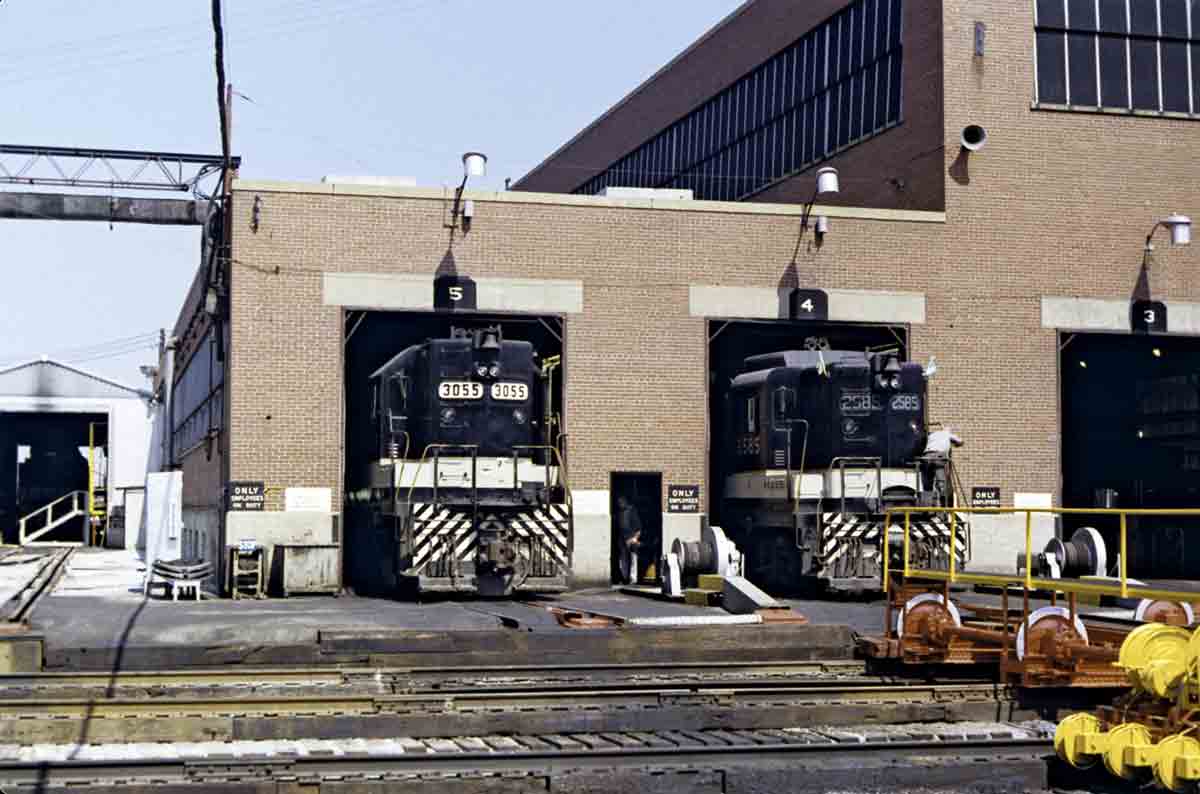

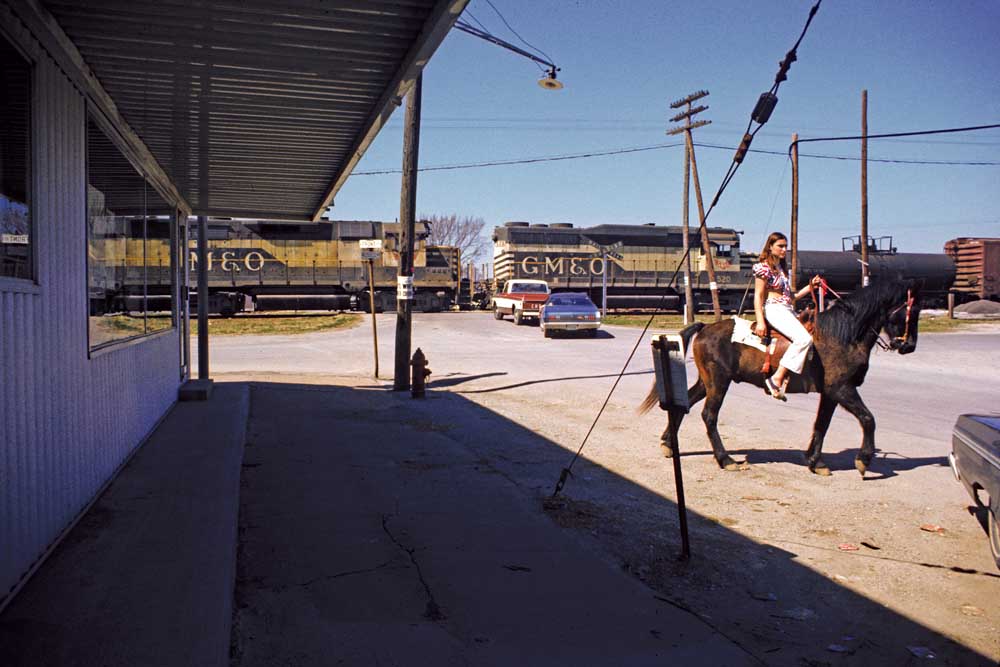
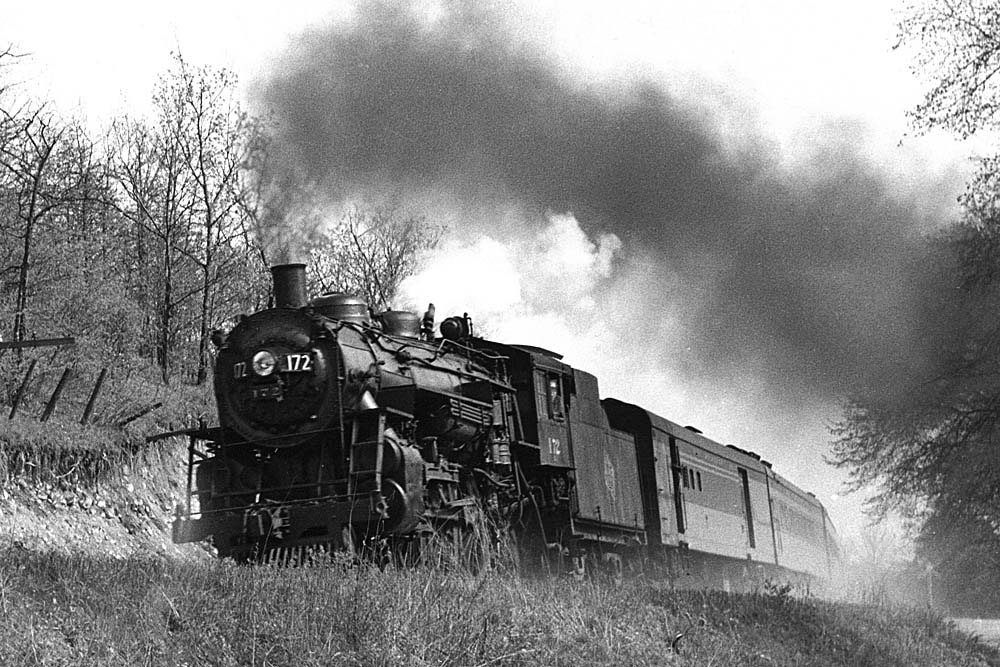
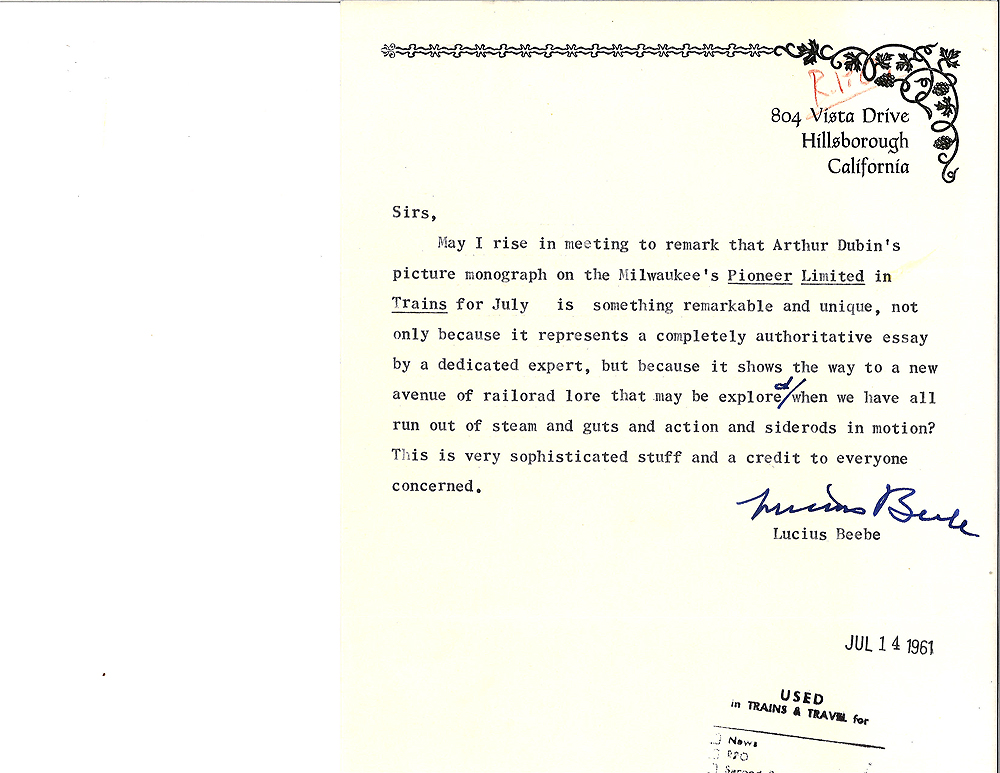
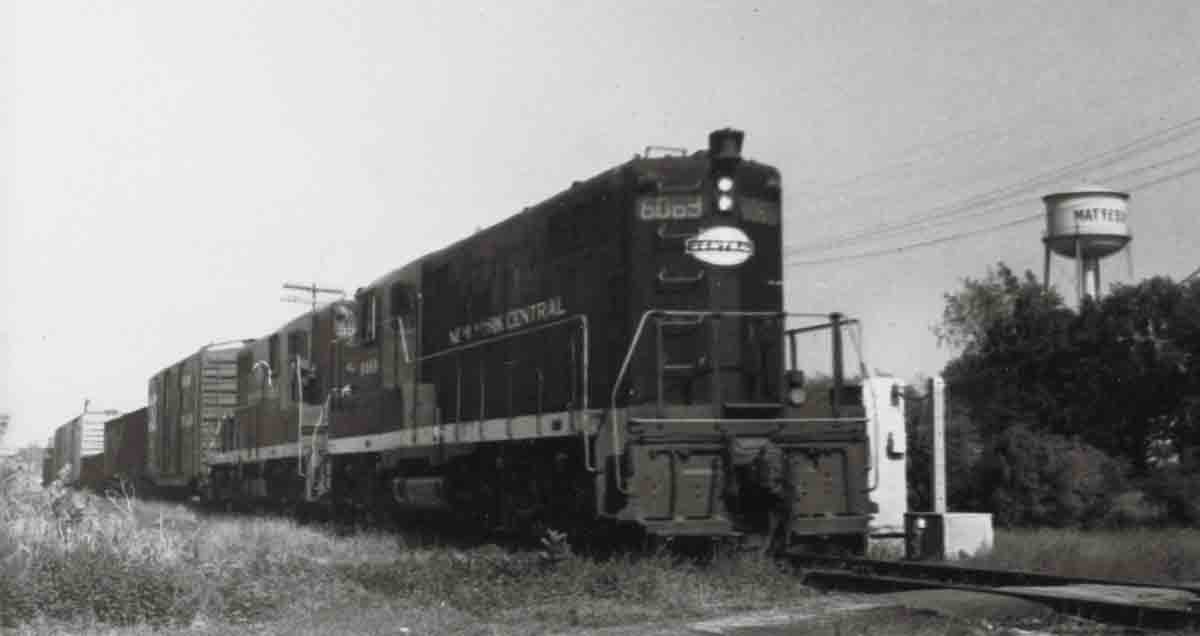




Interesting to read the personalities in Group B, including Brosnan, Claytor, and Crane.
that was a great article. I remember Dad talking about Bill Brosnan, Frisco interacted with them in the South and he knew he was a no-nonsense RR, This article proves he had his own style of getting the job done.
I really enjoyed this look into the past. Amazing that somebody didn’t punch Brosnan out. Just goes to prove if you’re going to be a jerk, you’d better be a successful jerk.
I love reading these stories
Great story. I really enjoy these personal accounts.